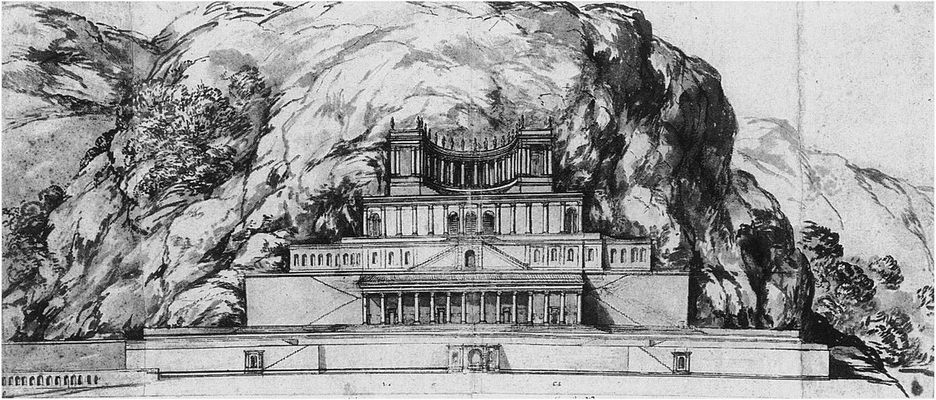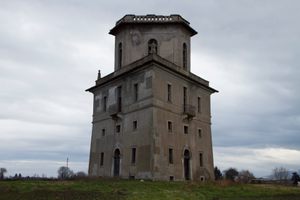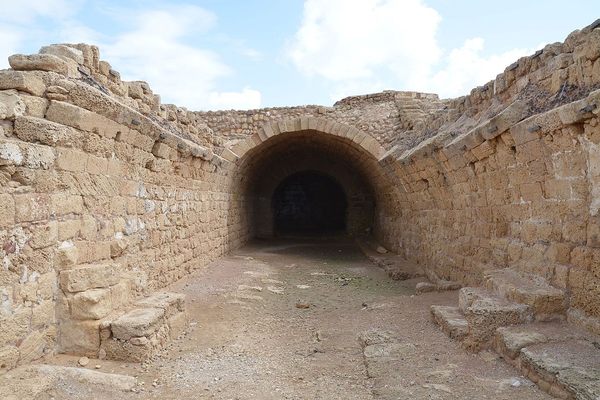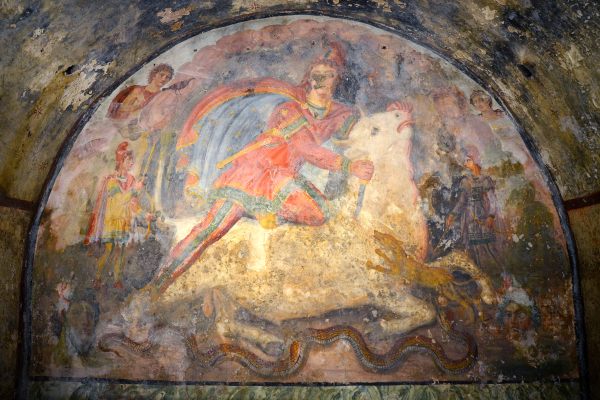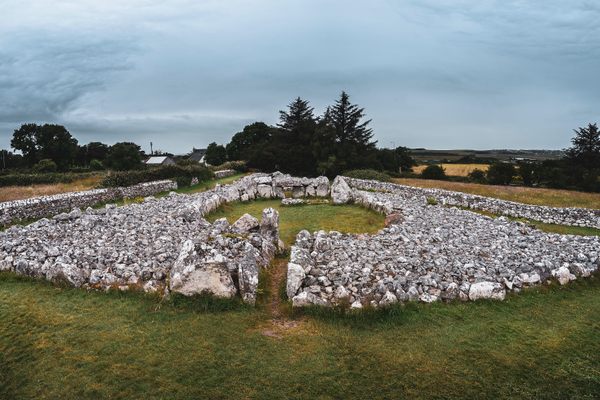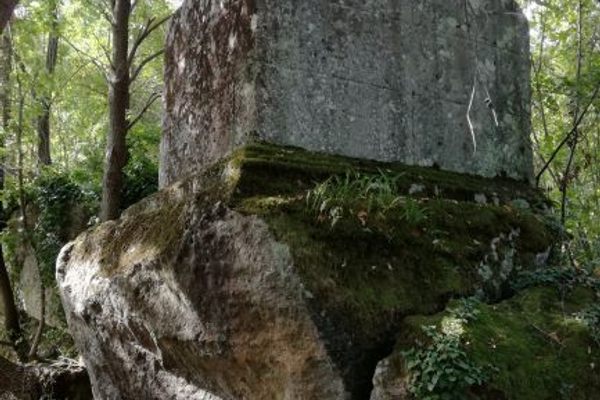About
The Sanctuary of Fortuna Primigenia was one of the most impressive late-Republican complexes in Roman Italy, and its monumental structure still dominates the center of the Palestrina, the ancient city of Praeneste, located 20 miles southeast of Rome.
Praeneste was a powerful Latin city that fought against the Romans and was only defeated in the 4th century BCE. It was integrated at the time of the civil wars between Marius and Sulla in the first century BCE. It was especially renowned in the ancient world for its monumental complex built on different levels of the slopes of Monte Ginestro.
The Sanctuary of Fortuna Primigenia (roughly translating to "Fortuna the First-Born" or "Primordial") was most likely built at the end of the second century BCE on the site of an oracular cult that is even described by Cicero. The Praenestine lots were originally drawn from a well, identified with the well in front of the oriental hemicycle, by a child (the lots were originally oak tablets with archaic writings believed to have been discovered by one Numerius Suffustius who was told, in a dream, to seek them in Praeneste).
Fortuna was also depicted as a woman suckling the infants Jupiter and Juno, and her fertility cult was popular among women and Roman matronae. The cult was popular until the age of Emperor Theodosius, who in the year 381 banned all pagan cults.
With the availability of slaves and the development of Roman concrete building techniques, the sanctuary, inspired by Hellenistic architecture, was built as a monumental complex on different levels consisting of terraces, exedras, and porticoes connected by staircases and ramps. The complex was crowned by a temple to the goddess, which is now integrated into the structure of the Palazzo Barberini, which today hosts the archaeological collection.
The sanctuary's impressive structure inspired generations of architects and artists, especially from the Renaissance onwards. Its scenic position—with a view over the Roman countryside, the Sacco Valley, the Alban Hills, and the Mediterranean Sea beyond—and its monumental architecture added to the site's renown. In the Middle Ages, the Colonna family first, and then the Barberini family, turned the site into a fortress and a palace, and in time the monumental structure was incorporated into the city of Palestrina. Allied bombings during World War II damaged the city significantly, but this contributed to the rediscovery of the ancient site, and the establishment of an archaeological park and museum.
Related Tags
Know Before You Go
The Archaeological Museum is open from 9 a.m. to 8 p.m. The remains of the sanctuary are generally open from 9 a.m. to dusk.
Flavors of Italy: Roman Carbonara, Florentine Steak & Venetian Cocktails
Savor local cuisine across Rome, Florence & Venice.
Book NowPublished
November 15, 2018













